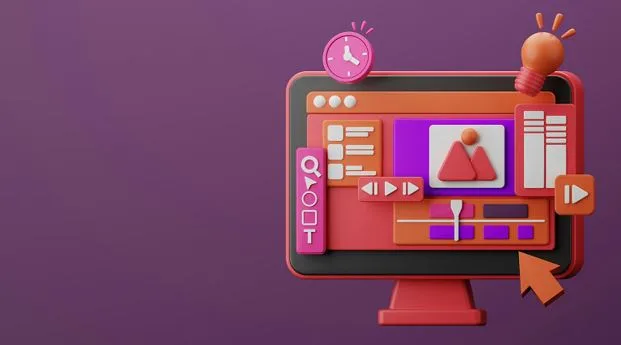Hearing Aids In Today’s Era: How AI Is Changing The Game
When hearing aids were first introduced, they amplified all sounds. They helped people hear better, but many individuals had issues. Fortunately, the industry has made significant advancements in recent years. Digital hearing aids allow people to hear clearly and better control which sounds are amplified.
Today, hearing aid manufacturers are benefiting from the latest technology. They are incorporating artificial intelligence and machine learning into their devices to benefit users. Speech becomes clear and background noise is less distracting with the help of this technology.
Individuals can personalize their hearing aids, allowing them to hear more naturally. However, each individual is unique. A person must find a hearing aid that matches their specific needs. How is AI advancing this industry? Every person should know how AI is affecting hearing aids now.
The Benefits of AI
People benefit from AI every day. This technology is found in their vehicles, smartphones, and more. AI in hearing aids benefits individuals by considering the environment surrounding the wearer and adjusting the hearing aid accordingly. The hearing aid learns which sounds are important to the wearer and amplifies them while minimizing background noise. The more a person uses their hearing aids with AI, the easier it becomes for the device to distinguish which sounds they want to hear.
AI-powered hearing aids distinguish between sounds and adjust accordingly. The user no longer needs to switch settings when they move to a new environment. The device monitors the environment and responds in real time.
Each person is unique, and their hearing aids must recognize this. Hearing aids equipped with AI learn to acknowledge the wearer’s habits and preferences. The device fine-tunes the hearing experience without any user input. Machine learning tracks adjustments to the devices and starts making these adjustments automatically, so the user doesn’t need to.
AI-powered hearing aids may come with additional features that benefit the user. Fall detection and step tracking are two features that may be found in these devices. Some models even monitor the individual for any signs of cognitive decline. Specific wearable devices share data with the user’s medical team, enabling them to make personalized adjustments to the devices while monitoring the wearer’s health.
Many of today’s hearing aids can sync with other devices the wearer frequently uses. Bluetooth technology allows a person to accept a phone call, listen to a podcast, or adjust their settings effortlessly. These devices often come with a simple app on the user’s smartphone that controls the assistive devices. Manufacturers are working to ensure users can hear clearly and effortlessly.
Looking to the Future
Hearing aids are essential for many individuals. Manufacturers are seeking ways to enhance the functionality of these devices. Many manufacturers are incorporating advanced features into their hearing aids, which encourages people to invest in these products. Hearing aids are no longer a stigma. Thanks to these advanced features, they may be seen as everyday tech that people will likely rush to buy when a new device is offered.
Experts predict that hearing aid manufacturers will incorporate more features into their devices in the future. Seamless language translation and real-time health monitoring are two features that may be found in hearing aids in the coming years. However, this is only the beginning. Researchers are working to integrate hearing aids with the brain’s natural signals, enabling users to listen effortlessly.
Anyone who suspects they’re struggling with hearing loss should learn more about hearing aids today. Countless options are offered to accommodate any level of hearing loss. Working with an audiologist makes it easy to find the correct device for each user.




